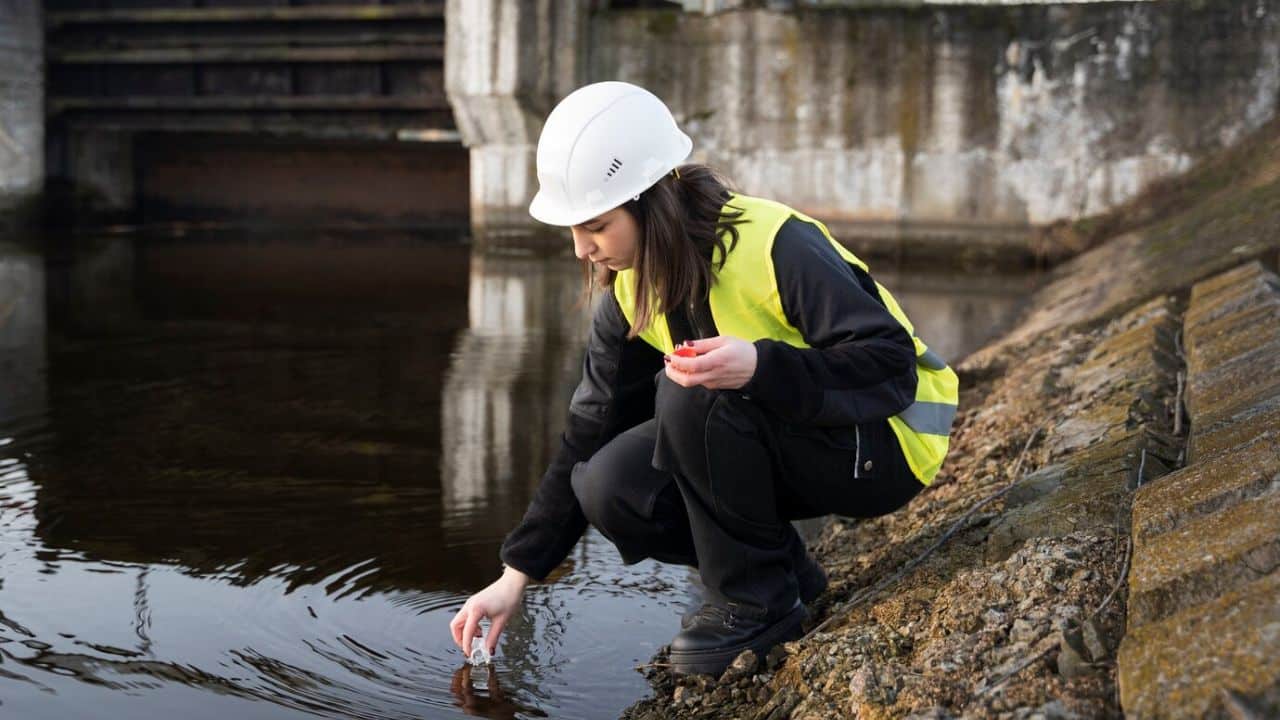Dyeing ponds has become a way to make water features look more attractive and maintain their harmony. While coloring a pond may seem easy at first, it’s important to ensure that the procedure is eco-friendly. This article explores the methods for dyeing ponds and provides tips on how to get striking outcomes without harming the environment.
Exploring the Art of Coloring Ponds
Pond dye for small ponds entails incorporating colorants into water habitats to enhance their aesthetics and manage algae growth by reducing sunlight exposure to a minimum. By grasping the methods involved in this process, pond owners can craft water scenes while preserving their ecological harmony.
Choosing the Appropriate Dye
Selecting the dye is essential to getting the results you want. Dyes are available in various colors, each with its own purpose. When picking a dye product, consider the amount of water you’re using, how deep you want the color to be, and how it might affect the environment. Choose safe dyes for the environment that won’t harm aquatic life so local species can continue flourishing after use.
Ways to Apply Techniques
To get the results, ensure the dye spreads evenly in the pond. Here are some steps: 1. before adding the dye, determine how much dye you need by calculating the pond’s volume. 2. To spread the dye evenly, pour it in spots around the pond. This helps prevent any spots with dye and ensures the color is consistent all over. 3. For bigger ponds, think about using a boat to make it easier to apply the dye.
Checking the Purity of Water
Keeping water quality in check is crucial for pond coloring with dye products. You need to check for any impacts on the aquatic ecosystem. Test the water to check its acidity levels and the amount of nutrients present. These tests offer information to guarantee that dye processes are safe and environmentally friendly. If any issues pop up, take steps to take care of them.
Taking into Account the Impact
Although using pond dye can enhance the look and functionality of your pond, it’s crucial to consider the impact it may have. Dyes can change how light enters the pond, which affects plants and photosynthesis. To address this concern, make sure to choose a dye that’s eco-friendly and doesn’t contain harmful substances. Regularly check on the pond’s ecosystem to maintain its balance.
Seasonal Changes
Seasons bring about changes in the environment that affect pond dye practices – more applications are needed in months when algae growth spikes and less during times when the dye lasts longer to maintain consistent results and reduce environmental impact.
Advantages of Eco Dyeing
Using pond dyeing provides advantages beyond just improving the way it looks in terms of aesthetics. Managing algae growth helps boost water quality and lessens the necessity for using chemical treatments. Maintaining a pond properly encourages an ecosystem that sustains various aquatic creatures. Moreover, implementing methods also plays a big role in conserving the environment as a whole by safeguarding habitats for generations to come.
Involvement of the Community
Engaging with the community is crucial for promoting eco-friendly pond dyeing practices that will protect the environment for generations. Being informed about the advantages and techniques of using dyes can inspire everyone to work together towards conserving our natural surroundings. Community workshops, brochures, and events play a major role in spreading awareness and promoting pond maintenance.
Exploring New Ideas and Technology
The progress of technology influences the future of pond coloring techniques. Approaches in dye compositions and application techniques present opportunities for improved eco-practices. Keeping up with these advancements empowers people to embrace methods that elevate their ponds’ appeal and environmental impact.
Here are Some Important Points To Remember
Ensuring that pond dyeing is safe and sustainable involves consideration from start to finish. Choosing harmless dyes for the environment and using the techniques for application while keeping an eye on water quality are key elements of responsible pond management practices. Also important is thinking about how our actions affect the environment and adapting to changes to maintain an ecosystem balance within ponds.
Conclusion
Designing a pond that blends seamlessly with the environment is achievable for anyone who adheres to recommended methods and guidelines, allowing individuals to appreciate the allure of aquatic features while maintaining their ecological balance intact. Effectively dyeing ponds in an eco-friendly manner elevates personal satisfaction and plays a major role in supporting wider environmental preservation initiatives. Embrace these core values and turn water settings into picturesque and sustainable retreats.









































